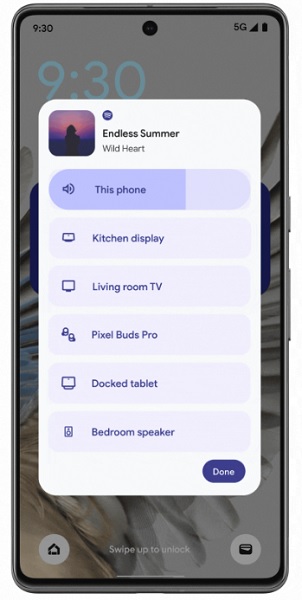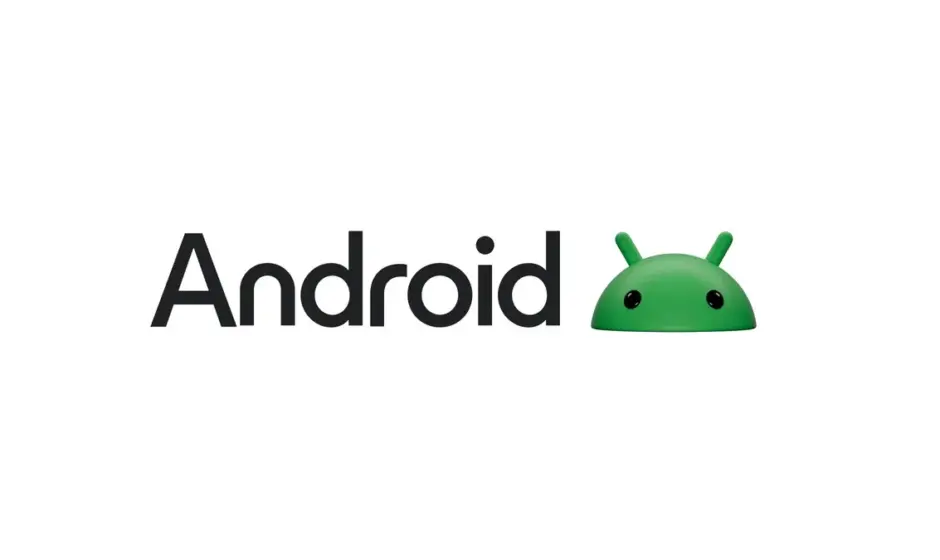There’s a little of Google’s AI sprinkled in here and there, too.
What you need to know
- At MWC, Google announced several Android updates that are starting to roll out to phones, Wear OS, and Android Auto devices.
- Google Messages is receiving some Gemini flair as users can soon chat with the AI bot to draft texts and plan events.
- Google is improving screen reader in Maps, enabling users to point their camera at their surroundings to hear its information read aloud.
- Wear OS devices are in line for a Google Maps update, which brings public transit information directly to your wrist.
Google is detailing several new updates starting to arrive today (Feb. 26) for apps across Android as MWC 2024 gets underway.
As detailed by Google, a few of these new Android features are arriving for our phones, beginning with Messages. The post states Messages will receive some more AI flair as Gemini makes its way in. The AI bot will bring “Chat with Gemini,” enabling users to “draft messages, brainstorm ideas, plan events, or simply have a fun conversation without leaving the Messages app.”
Google states Gemini in Messages begins “this week” in beta.
Image 1 of 3

The next update brings an enhancement to Google Maps’ screen reader. Users can now point their phone’s camera at an object when outside, and “TalkBack” will read any legible information aloud to you. A few examples are said to be a business’ hours, ratings, or directions.
A surprising paradigm shift in the world of boring slab phones.
Another accessibility update is set to arrive for Google Lookout. This wave of Android updates brings AI-generated captions to the app, giving users a chance to understand the contents of photos, images online, and photos received in Messages. Google states it has targeted users who are blind and those with low vision with these enhancements.
Users with Lookout should begin noticing the update today (Feb. 26) in English.
Spotify is gaining some new casting controls. The output switcher available on Spotify’s widget on your lock screen or Quick Panel will now show “Spotify Connect” devices. Users will be able to easily swap between listening to music on their phones to their headphones, smart speakers, or smart TVs.
The Fitbit app is next, receiving an update that brings a “more complete picture” of your health analytics to strengthen its redesign. The press release adds users can head to the “You” tab and find even more data from connected health-related apps like AllTrails, Oura Ring, and MyFitnessPal.
Your “Today” tab will offer more data on exercises, steps, burned calories, floors climbed, and more from any Health Connect-supported apps.
Wear OS smartwatches are receiving Google Wallet passes. Directly from your Pixel Watch 2 or other Wear OS-ready device, users can access boarding passes, event tickets, and gym memberships, among others. Google states it included the ability for users to “hide or display” certain passes so the right ones are ready to display when you need them.
Google Maps on your wrist is getting a little easier as the company rolls out public transit locations. Without needing your phone, your Wear OS watch can display times of departure for buses, trains, and ferries. More importantly, users can find “compass-guided” directions to their intended destination. Your phone can readily mirror directions you’ve looked at onto your smartwatch, as well.
Those hitting the road will likely benefit from Android Auto’s new AI-backed summaries for lengthy text messages. Google states this extends to any group chats, as well. While driving, Android Auto will suggest “relevant” replies and actions that you can easily tap on your display. Users can also find options to quickly send their friends their ETA or start a call without reaching for their phones.
Busy workers using Google Docs on an Android tablet or with a stylus on their phones will soon receive handwritten annotations via markup. The post states that with the coming selection of markup tools, users can choose a pen color to highlight and offer feedback in a “fast, flexible, and easy” way.
The majority of these updates have started rolling out today (Feb. 26). It may take some time before they’re rolled out to everyone, so some patience will be required.




